In April 2017, we wrote a post about mic-shouting in which mentioned Kuaishou, a video app where this singing/rapping style initially flourished. The writing experience taught us two things: we were incapable of appreciating mic-shouting as an art form, and we were trapped, deeply yet subconsciously, in a prejudice bubble.
Eleven months later, Yan and I still have Kuaishou in our phones. We haven’t been using the app daily, yet every time opening it, we’d be fascinated and learn something new. Kuaishou, in our opinion, is truly an invention of its own kind; the app is unique not only in its content and people, but more fundamentally, in its way of delivering a mission: to record real lives, of real people.
How Kuaishou Made it
According to a report released in January 2018, Kuaishou by far has 700 million registered users and over 100 million DAU, topping all other video apps in China. Yet, the life journey of Kuaishou is an abnormality in the Chinese internet history.
Founded in 2011, Kuaishou started as a photo app, a GIF-converter to be specific. In 2013, it pivoted to a video-sharing platform, letting users to either upload pre-recorded short clips or to livestream directly in the app. Back then, every tech company in China was trying to get a hand on short videos – so how did Kuaishou make it to the top?

It surely wasn’t due to its marketing strategies, at least not in the early days. The company didn’t even own a marketing department before 2016; there was no celebrity endorsement, no KOL promotions, no monetization or sponsorship channels whatsoever. Manual operations were kept to minimum, algorithms were crafted carefully to avoid interference with user experiences, and there was never any intentional catering towards trending topics. What the app focused on instead was building a community where diversity reigns, where users are given the freedom to establish their own rules, choose their own idols, and to create the type of content completely to their own tastes.
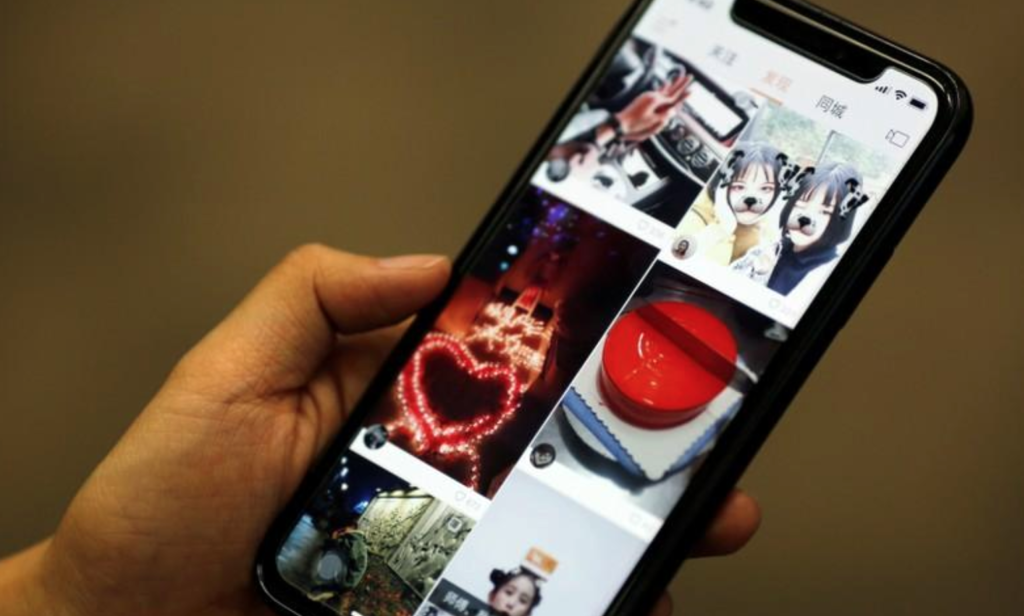
(Photo from: Reuters)
Kuaishou’s philosophy of “restrained operation” could be easily felt from the user end. The app never asks users to follow any personalized pages or hashtags, and the three main sections, “following”, “trending” and “nearby” are giving equal weights on top of the menu bar. Most distinctively, unlike the majority of social apps that are always eager to feed users with endless new content (hence the addictive swipe feeds), Kuaishou’s interface emphasizes on the creators themselves and their communities. After watching a video, a down-swipe goes into the comment section, and a left-swipe directs to the video creator’s home page. The ultimate logic here is to encourage viewers interacting with the creators, to establish social associations and a broad, strong sense of community identity at the platform level.
As Su Hua, the founder and CEO of Kuaishou puts it, “Celebrities and internet KOLs have taken up too much attention online, whereas ordinary people, especially those living in rural areas or less-developed cities, do not have a space to share their lives.” Following a bottom-up approach in its operation, Kuaishou has managed to break the traditional user structure of internet products, providing a channel for millions of Chinese netizens to express themselves.
700 Million Lives
I still remember vividly our first experience with Kuaishou: it feels like we intruded into a secretive, colorful world that was completely alienated from our own life. As we later learned, among Kuaishou's 700 million users, most of them are less-educated youngsters residing in the less developed parts of the country (third-tier cities and below). These are not the people that the most directly associated with the image of a polished, well-developed China, and their voices are rarely brought up on China's mainstream media channels.
In many ways, Kuaishou poked our own urban elite bubble. By bringing the lives of 700 million, or “the other 700 million” Chinese population right to our screens, the app made us to start thinking about an important question that we hadn't paid attention to in the past -
What is the “real” China? Who gets to decide, and, why?
On Kuaishou: The Who, Where and What
The typical Kuaishou users don’t sit in office chairs all day like us boring city folks do. They are everywhere - in the countryside, out on the streets of small towns, over mountain cliffs and even on the oceans, earning their livings from all sorts of drudge jobs such as fishermen, truck drivers, farmers, butchers, factory workers, waiters and many, many more.

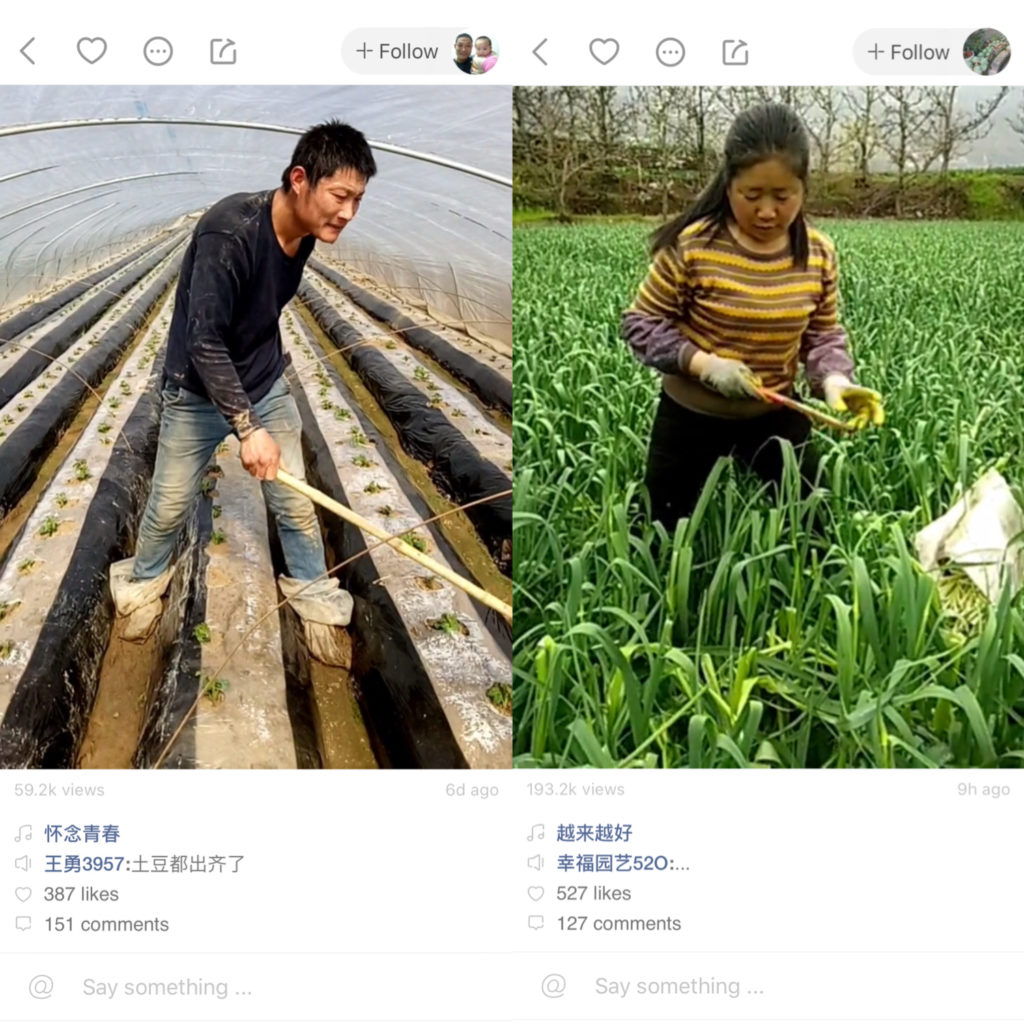
Kuaishou users showing snippets of their work life.
For Kuaishou users, life isn't about sweat and tears. China's economic boom has penetrated deeply to every corner of the country; with material prosperity and mobile technology, people nowadays are able to pursue personal interests and showcase their talents at an unprecedented scale. These opportunities, while already being considered as norms for city residences, are still being wildly celebrated on Kuaishou: from small towns, villages to even remote countryside, everywhere there are people unleashing their creativities and celebrating life.
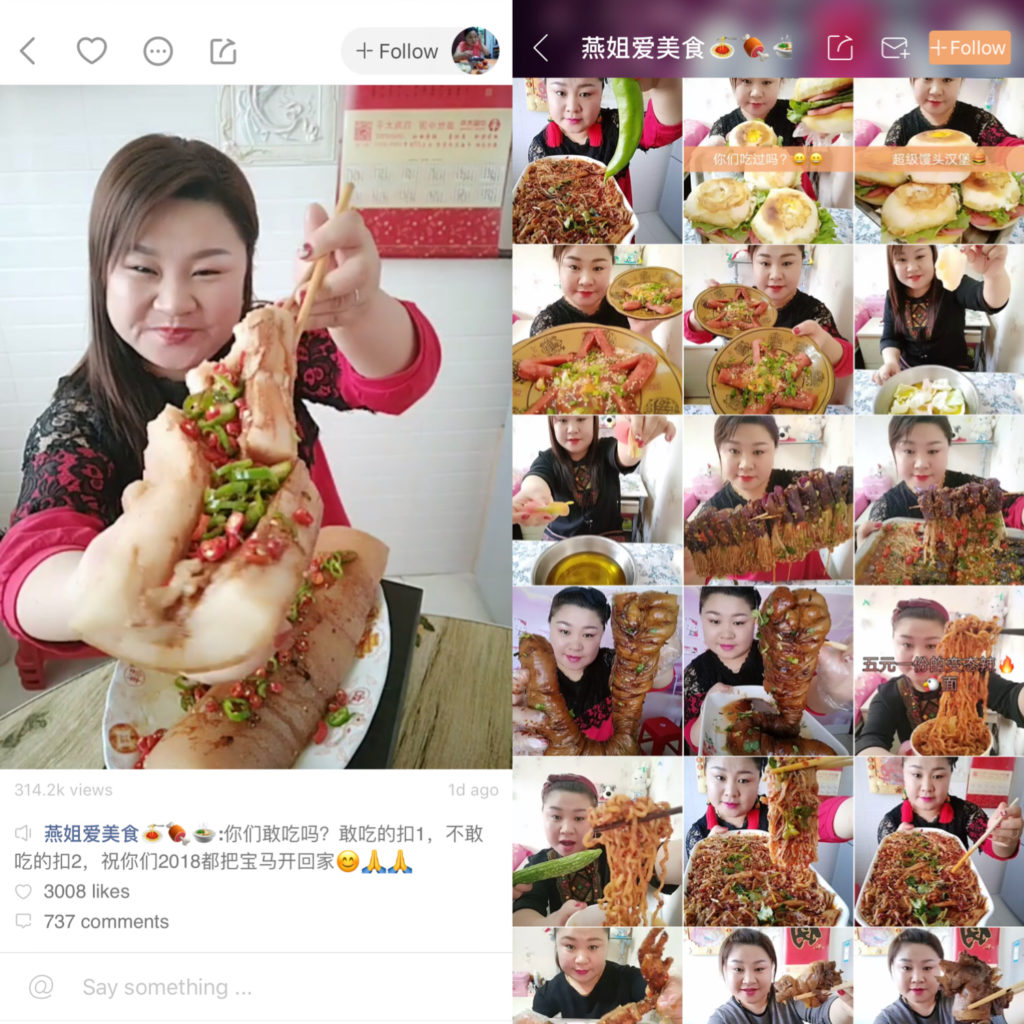
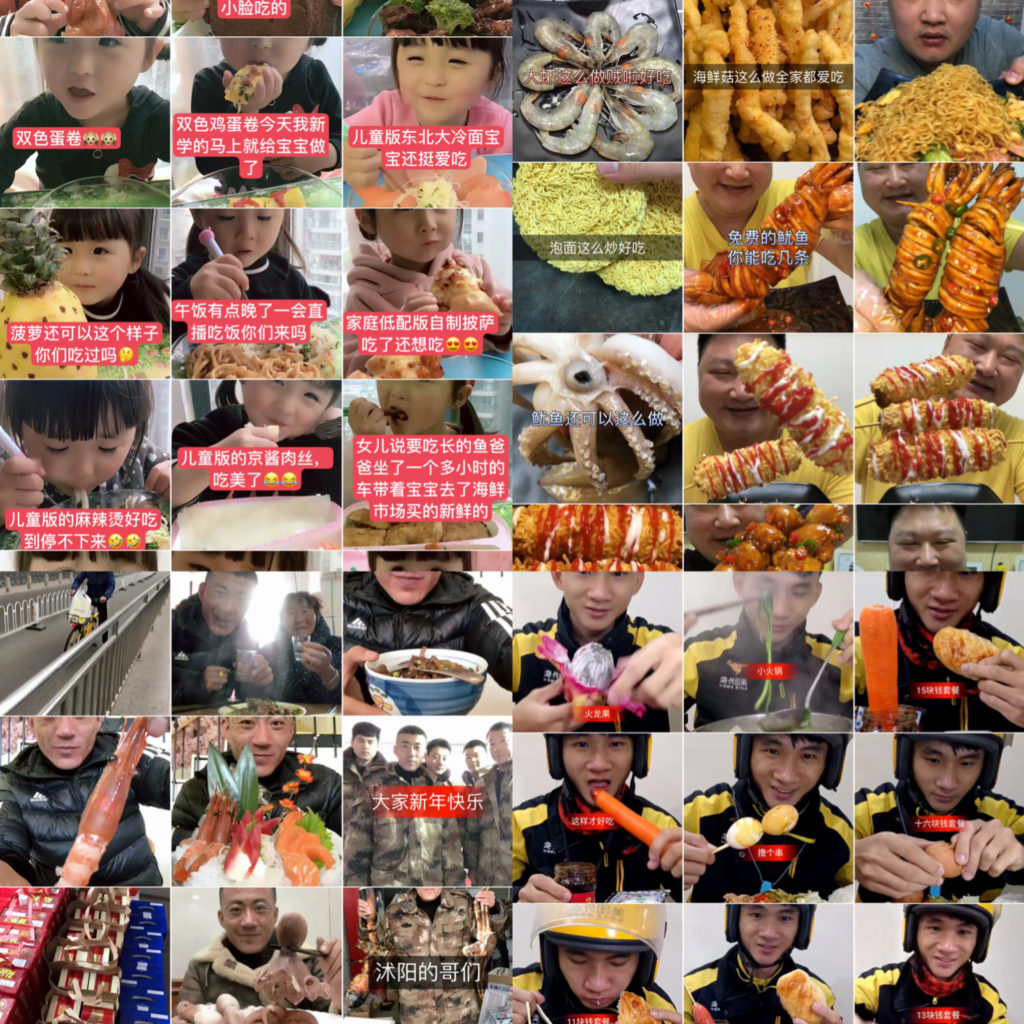
Nothing unites people as food, and nowhere is gastronomical desire so fiercely celebrated as on Kuaishou.
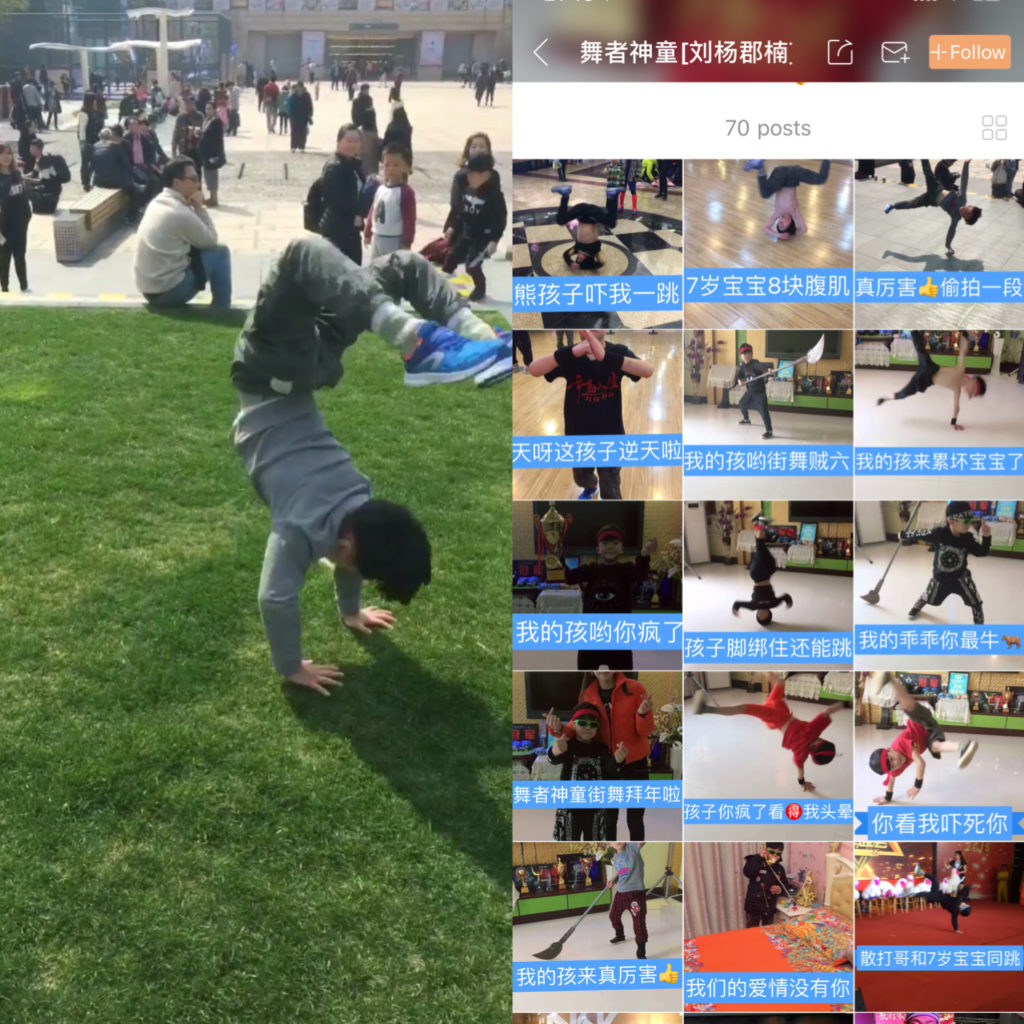
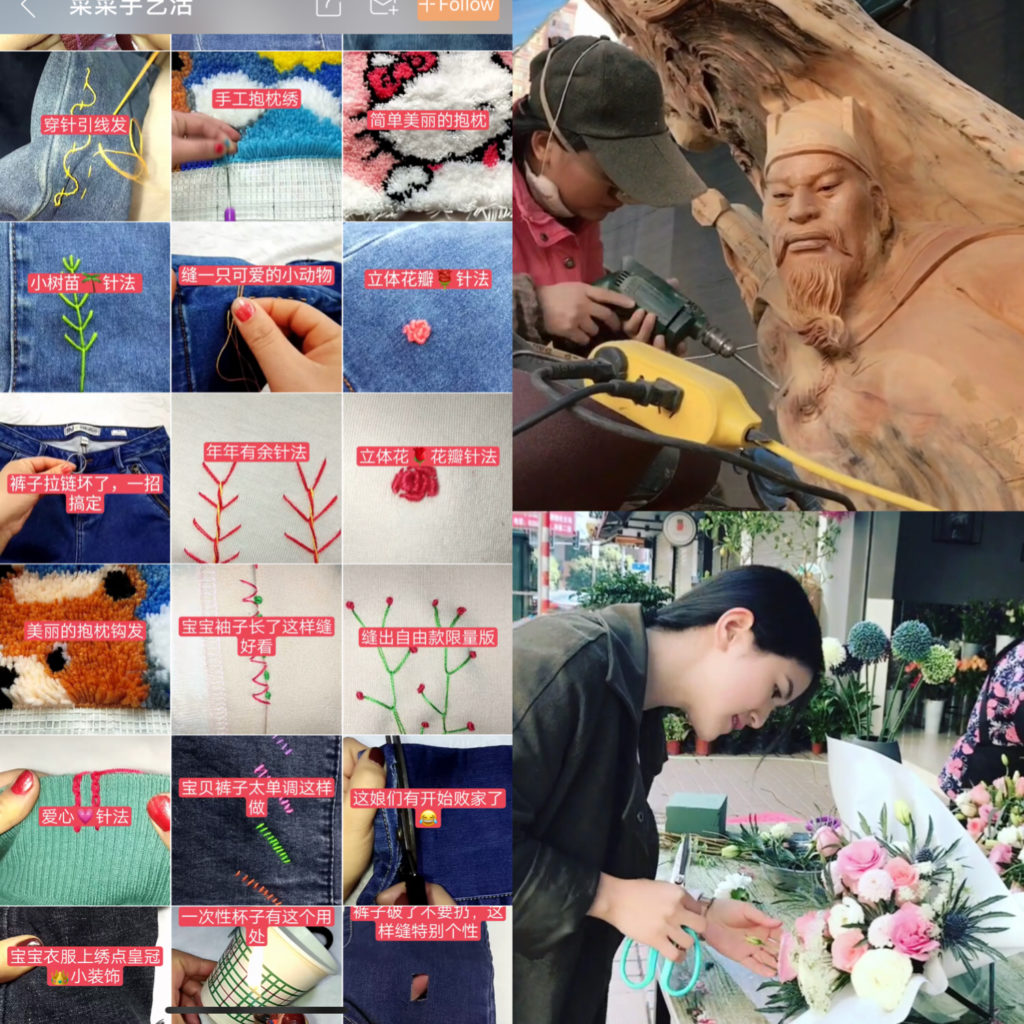
Life hacks, hobbies, talents and more.
From mic-shouting (喊麦), social-shake (社会摇, here's a youtube link to it) to self-made short drama series, users on Kuaishou are also articulating cultural trends that chime in with with their own tastes. Social-shake, for instance, is a form of dance that typically features catchy EDM soundtracks, accompanied by rhythmic, intense upper body (elbow?) movement (we find it somehow fascinatingly similar to industrial dance in the Western world). Millions of Kuaishou users are obsessed with social-shake; apart from making dancing/shaking videos on their own, they'd also share tutorials, form dance-groups (mostly gangs-styled), and worship masters such as Paipaiqi - the most famous social-shake king with 33 million followers.
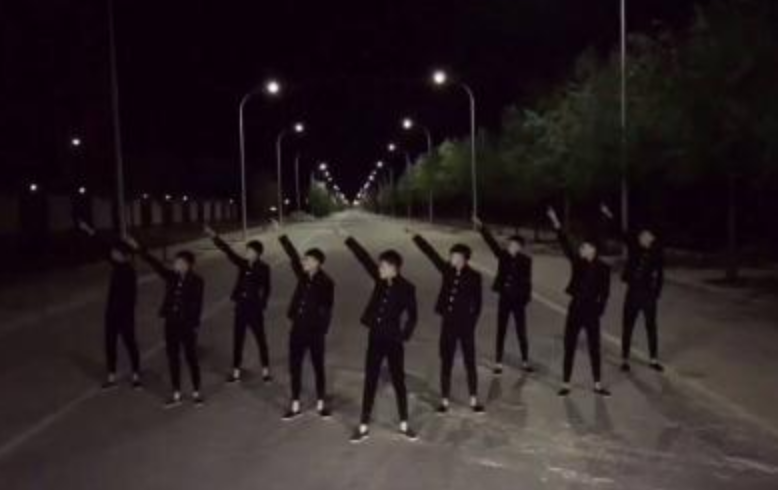
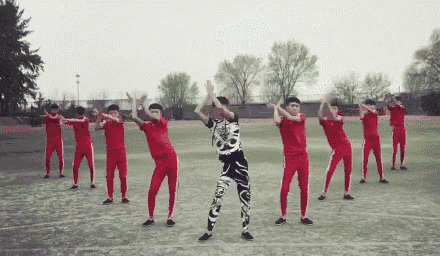
Shake shake, shake everywhere.
Apart from fulfilling the desire of creative self-expression, Kuaishou had also once been a channel, and probably the only channel, for recording social injustice in the Chinese society.
In November 2017, tens of thousands of migrant workers were being evicted from Beijing under a citywide clean-up campaign in the aftermath of a warehouse fire incident. When the news broke, social media quickly went on fire; as soon as people started talking, censorship hit. With a few hours, reports and commentaries over the eviction were all cleaned up on Weibo and WeChat, and “low-end population” (低端人口), a term that the government used to describe the target migrants during the campaign, was quickly set as a banned keyword.
When all the mainstream channels were suppressed into the illusion of peace, there was still Kuaishou. For about a week, Kuaishou acted as a discreet underground channel that recorded the social chaos through the phones of individual users. Many migrant workers in Beijing livestreamed their desperate situations, some were already sleeping in train stations, others were packing away their belongings and getting ready to leave. “Beijing, you broke my heart, now I have no choice but to leave you.” Said a young package-delivery boy to his Kuaishou followers.
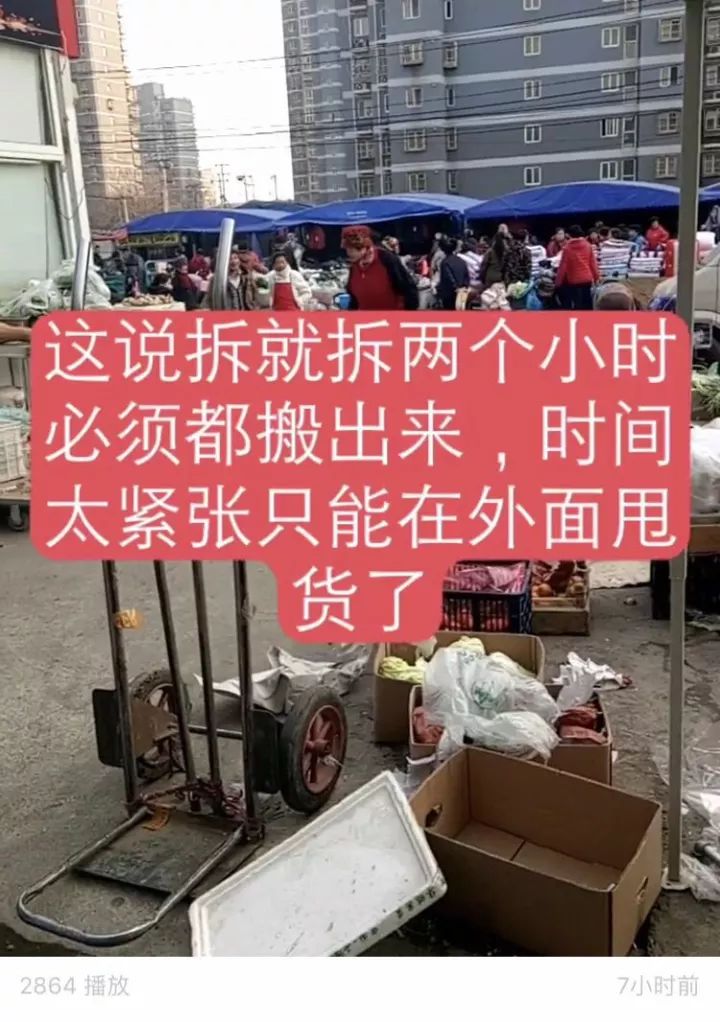
"I was only given two hours to move out from the warehouse that they were about to tear down...now I have no choice but to sell everything here."
These livestreams went on until the end of November. Eventually, the government took notice and censored up all the eviction-related content on Kuaishou, as they did else where.
The Road Ahead
“Kuaishou? You mean the low-class app filled with crude content?”
Till this day, whenever we mention Kuaishou to our friends, such is the typical reaction to receive. In the discourse of public opinions, Kuaishou has become an almost controversial topic, a shielded wall that divides the Chinese population into two groups: the self-considered urban elites who’d frown just by hearing the name of the app, and those who actually use the app.
Cold-shoulders from outsiders might hinder Kuaishou's reputation, but it hasn't stopped the app to grow fiercely and attract fundings from major capital powerhouse such as Tencent. The true challenge Kuaishou now faces though, is the government's ever-so-tightened speech control polices.
On February 12th, a news broke online: MC Tianyou, the famous mic-shouting king who had over 7 million followers on Weibo, was being completely banned from the Chinese internet. Coming along was a massive scale “internet culture rectification” that swept across all the livestream platforms including Kuaishou; with orders from the top, over 70 Mic-shouting songs completely vanished online, and thousands of live-streamers were banned overnight.

News regarding the ban of MC Tianyou and mic-shouting songs.
For those that had been following the development of internet regulation in China, the ban didn’t come as much of a surprise. Since 2016, the government has launched an aggressive “anti-vulgar” campaign (整治互联网低俗之风运动), deleting content and pressuring internet companies to self-censor at all cost necessary. In such an environment, Kuaishou, the platform where vernacular creativity and crude humor dominated, was among the first ones to be targeted. Throughout 2017, Kuaishou went through many rounds of self-rectifications, deleting potentially red-line crossing accounts and banning live-streamers at a magnitude more aggressive than ever. Long gone the days of which people livestream their physical fights or swear in mic-shouting songs; nowadays, even tattoos need to be covered up completely for any user-generated content inside the app.
“Our world is changing so fast”, said Su Hua last year, “so many people and so many things are happening, and we need to record them, for the sake of both the individuals and the collective memory of our times.”
The value that Su Hua and his company advocate is beautiful, in the end of the day, however, the fate of Kuaishou is largely in the hands of the Chinese authority. During the past Spring Festival holiday, Kuaishou's content-regulatory team had to stand by 24/7, placing thousands of employees to constantly review and delete videos before they were brought to the government’s attention.
“Everyone's story deserves to be recorded.” Said the slogan of Kuaishou during its publicity campaign last year.
“Absolutely no wrong content on the internet.” Said the Chinese government.

"Every small detail of your life is worth recording like any big event."- from Kuaishou's promotional video.
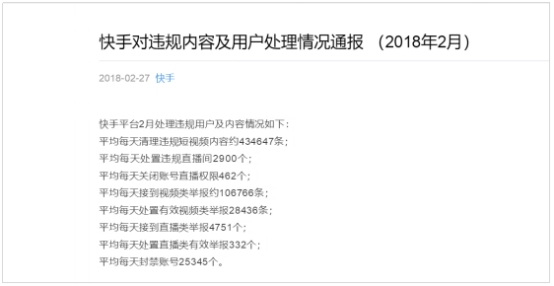
According to Kuaishou's public notice, in February, the app had cleaned up on average 43,4647 videos and blocked 2,5345 accounts everyday.
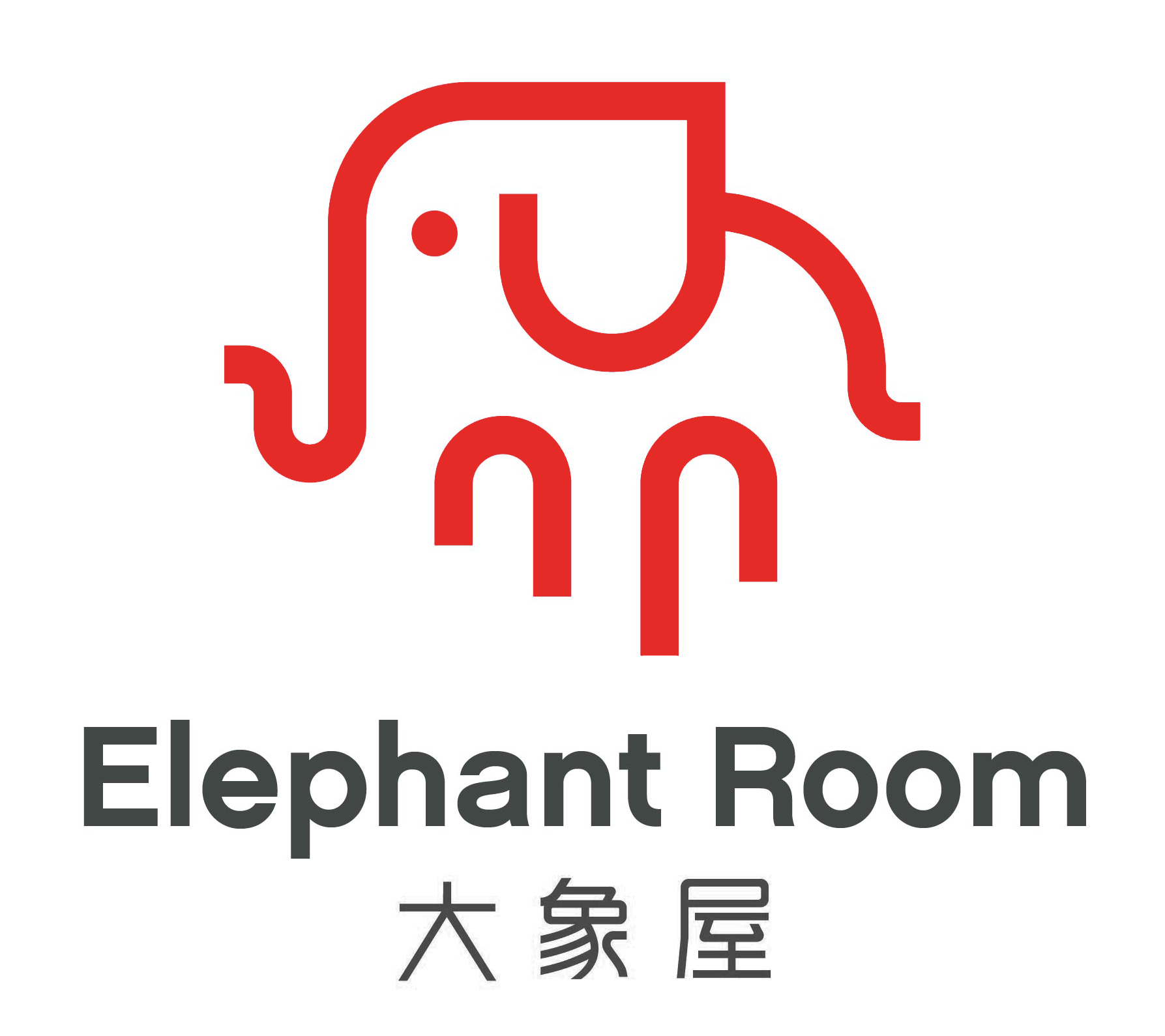
Eye opening and oh-so-topical. Thanks for this.
Thanks for sharing the thoughts about Kuaishou and its influence in China today. I have a total refreshed picture of this app~
Thanks for sharing the opinions on the app and its influence in China today. I have a totally different and refreshed idea the phenomenon now.
“In November 2017, tens of thousands of migrant workers were being evicted from Beijing under a citywide clean-up campaign in the aftermath of a warehouse fire incident. When the news broke, social media quickly went on fire; as soon as people started talking, censorship hit. ” Far from being innocent, oppressed slaves, the evicted migrant workers were a) Living in Beijing illegally (without the required houkou) b) Living in buildings that had been condemned and abandoned ten months previously–and clearly marked as such. c) Using electricity–which had been disconnected after the buildings were condemned–illegally and, as it turned out, very… Read more »
That’s not how you spell Godfrey. Sad that you have to pullute a good conversation with paid propaganda.
[…] such as Huajiao. Kuaishou is a lens into rural China — or as the blog Elephant Room put it, a “lens to a different China.” It shows us much more than Shanghai’s skyline or Beijing’s […]
[…] (Photos: Elephant Room) […]